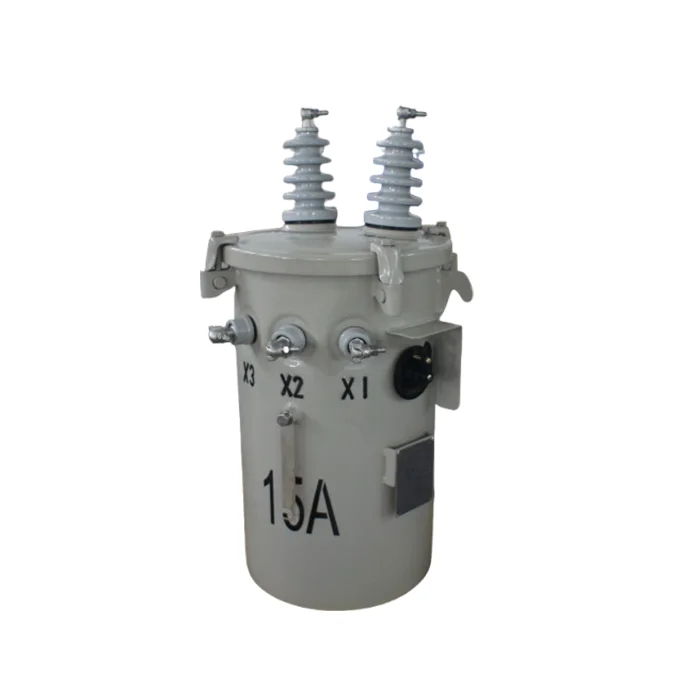Cleaning is an essential part of our daily lives, ensuring hygiene and maintaining a healthy environment. However, have you ever wondered which chemicals are used for cleaning and how they work? In this comprehensive blog post, we will delve into the world of cleaning chemicals, exploring their types, functions, and the science behind their effectiveness. So, let's embark on this enlightening journey!
- Understanding Cleaning Chemicals:
Cleaning chemicals can be broadly classified into four categories: detergents, disinfectants, sanitizers, and degreasers. Each category serves a specific purpose and contains different active ingredients. Let's explore them one by one:
1.1 Detergents:
Detergents are the most commonly used cleaning chemicals. They are designed to remove dirt, grease, and stains from various surfaces. The key ingredients in detergents are surfactants, which lower the surface tension of water, allowing it to penetrate and lift away dirt particles. Additionally, enzymes, builders, and chelating agents enhance the cleaning power of detergents.
1.2 Disinfectants:
Disinfectants are crucial for eliminating harmful microorganisms, such as bacteria, viruses, and fungi. They contain active ingredients like quaternary ammonium compounds, hydrogen peroxide, or chlorine compounds. These chemicals disrupt the cell membranes or metabolic processes of microorganisms, rendering them inactive and preventing the spread of diseases.
1.3 Sanitizers:
Sanitizers are used to reduce the number of microorganisms on surfaces to a safe level. They are commonly employed in food preparation areas, hospitals, and public spaces. Alcohol-based sanitizers, such as isopropyl alcohol or ethanol, are effective in killing a wide range of bacteria and viruses.
1.4 Degreasers:
Degreasers are specifically formulated to remove grease, oil, and other stubborn stains. They contain solvents like citrus extracts, alcohols, or petroleum-based compounds. These solvents dissolve the grease, allowing it to be easily wiped away.
- Factors Influencing Cleaning Chemical Selection:
Choosing the right cleaning chemical depends on several factors, including the type of surface, the nature of the dirt or stain, and the desired level of cleanliness. Here are some key considerations:
2.1 Surface Compatibility:
Certain cleaning chemicals may damage or discolor certain surfaces. For example, acidic cleaners should not be used on marble or natural stone surfaces, as they can cause etching. It is crucial to read the manufacturer's instructions and select chemicals that are compatible with the surface being cleaned.
2.2 Environmental Impact:
With increasing awareness of environmental sustainability, many cleaning chemicals now come with eco-friendly formulations. These products are biodegradable, non-toxic, and have minimal impact on the environment. Choosing such chemicals helps to reduce our ecological footprint.
2.3 Safety Precautions:
Cleaning chemicals can be hazardous if not used properly. It is essential to follow safety guidelines, wear appropriate protective gear, and store chemicals in a secure manner. Always keep them out of reach of children and pets.
- Best Practices for Effective Cleaning:
To ensure optimal cleaning results, consider the following tips:
3.1 Read Instructions:
Always read and follow the instructions provided by the manufacturer. This includes the recommended dilution ratios, contact time, and any specific precautions.
3.2 Proper Ventilation:
Ensure adequate ventilation when using cleaning chemicals, especially those with strong odors or fumes. Open windows or use exhaust fans to prevent the buildup of potentially harmful gases.
3.3 Test in a Small Area:
Before applying a cleaning chemical to a large area, test it in a small, inconspicuous spot to ensure it does not cause any damage or discoloration.
3.4 Personal Protective Equipment (PPE):
Wear appropriate PPE, such as gloves, goggles, or masks, to protect yourself from potential chemical exposure.
Conclusion:
Cleaning chemicals play a vital role in maintaining cleanliness and hygiene in various settings. Understanding the different types of chemicals and their functions empowers us to make informed choices for effective cleaning. Remember to prioritize safety, follow instructions, and consider environmental impact when selecting and using cleaning chemicals. With this knowledge, you can achieve a spotless and healthy environment effortlessly.


